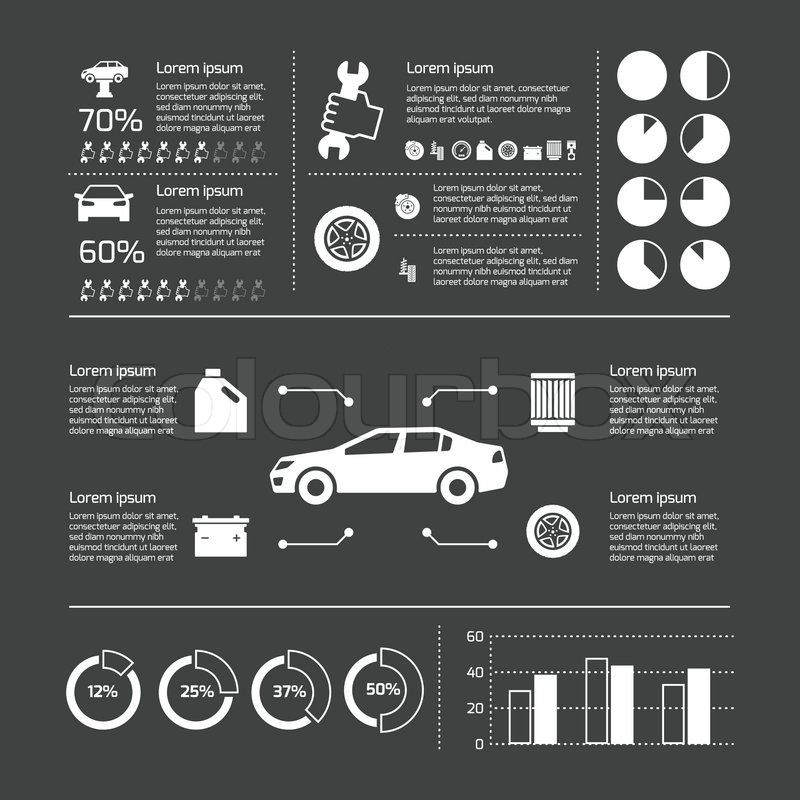Decoding Your Automobile'S Warning Indicators: What They Genuinely Indicate
Decoding Your Automobile'S Warning Indicators: What They Genuinely Indicate
Blog Article
Short Article Author-Faulkner Forbes
When you lag the wheel, those radiant warning lights on your dashboard can be a bit complicated. Do you recognize what they're trying to tell you regarding your auto's health and wellness? Recognizing the importance of these lights is essential for your safety and security and the durability of your automobile. So, the following time one of those lights appears, wouldn't you want to decode its message accurately and take the necessary actions to address it?
Common Warning Lights and Interpretations
Identify usual warning lights in your vehicle and understand their meanings to make certain secure driving.
One of the most normal caution lights include the check engine light, which indicates concerns with the engine or emissions system. If this light begins, it's vital to have your car inspected without delay.
The oil stress warning light suggests reduced oil stress, requiring prompt attention to stop engine damage.
A blinking battery light might suggest a malfunctioning charging system, possibly leaving you stranded if not attended to.
The tire pressure surveillance system (TPMS) light informs you to low tire pressure, impacting automobile security and gas efficiency. Neglecting this could lead to harmful driving conditions.
The ABS light suggests a problem with the anti-lock stopping system, endangering your ability to stop quickly in emergencies.
Last but not least, the coolant temperature level alerting light warns of engine getting too hot, which can result in extreme damages otherwise solved promptly.
Comprehending these usual warning lights will certainly help you attend to concerns immediately and preserve secure driving problems.
Relevance of Prompt Interest
Recognizing the common caution lights in your vehicle is just the very first step; the importance of promptly resolving these cautions can not be highlighted sufficient to ensure your safety and security when driving.
When Click On this page illuminates on your control panel, it's your vehicle's way of connecting a possible concern that needs interest. Ignoring these warnings can result in extra severe troubles in the future, jeopardizing your security and potentially costing you a lot more in repairs.
Prompt interest to warning lights can stop failures and accidents. For odor removal car service , a flashing check engine light could indicate a misfire that, if left ignored, might create damage to the catalytic converter. Resolving this immediately can conserve you from a pricey repair service.
Similarly, a brake system cautioning light could signal low brake fluid or worn brake pads, essential elements for your security when driving.
Do It Yourself Troubleshooting Tips
If you notice a warning light on your dashboard, there are a couple of DIY fixing suggestions you can attempt prior to seeking professional aid.
The primary step is to consult your cars and truck's handbook to understand what the details warning light suggests. Sometimes the problem can be as straightforward as a loose gas cap triggering the check engine light. Tightening the gas cap might resolve the issue.
One more common concern is a reduced battery, which can trigger different cautioning lights. Checking https://www.consumerreports.org/car-maintenance/fall-cleanup-and-maintenance-for-your-car/ for corrosion and ensuring they're safe may repair the trouble.
If a caution light lingers, you can try resetting it by detaching the auto's battery for a couple of mins and afterwards reconnecting it. Furthermore, inspecting your lorry's fluid levels, such as oil, coolant, and brake fluid, can help repair cautioning lights related to these systems.
Conclusion
To conclude, recognizing your auto's caution lights is vital for maintaining your vehicle running smoothly and securely. By promptly dealing with these alerts and understanding what they imply, you can stay clear of costly fixings and potential failures.
Remember to consult your cars and truck's guidebook for certain information on each warning light and act appropriately to ensure a hassle-free driving experience.
Remain informed, remain secure on the road!
